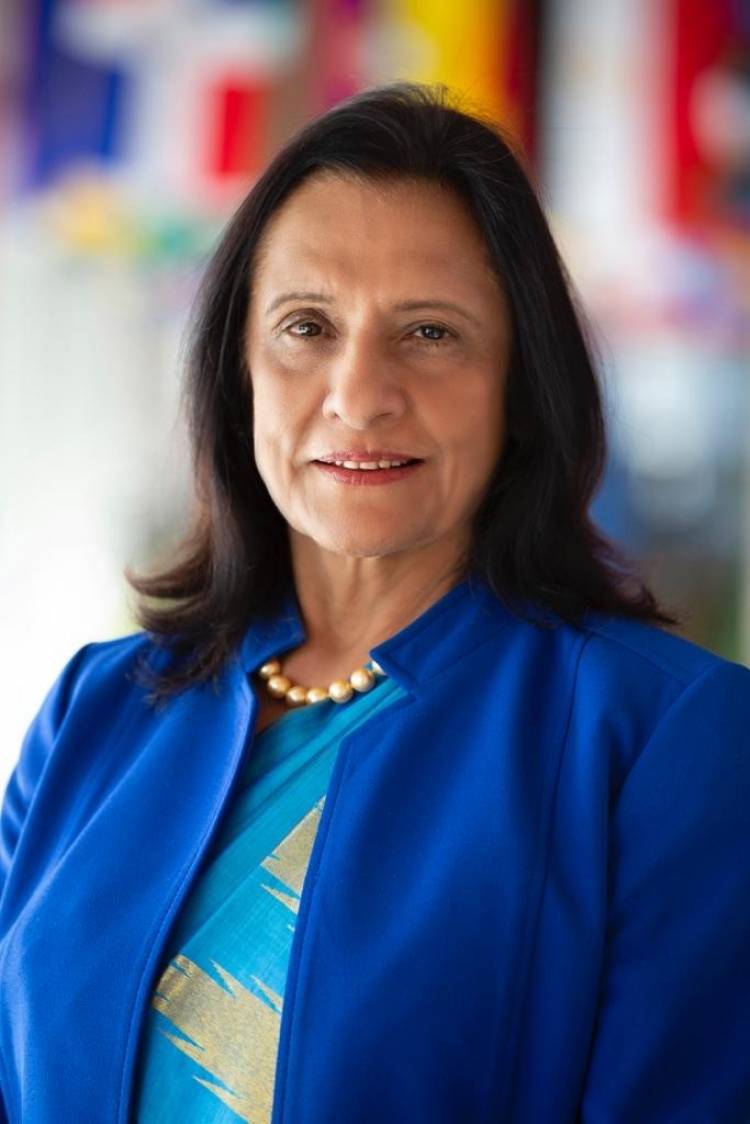World Hepatitis Day - By Dr Poonam Khetrapal Singh, WHO Regional Director for South-East Asia

World Hepatitis Day
By Dr Poonam Khetrapal Singh, WHO Regional Director for South-East Asia
The WHO South-East Asia Region is intensifying action to eliminate viral hepatitis as a public health threat by 2030. Globally, an estimated 296 million people live with chronic hepatitis B and around 58 million live with chronic hepatitis C. In 2019 viral hepatitis caused nearly 1.1 million deaths globally, despite the existence of safe and effective vaccines that can prevent hepatitis B and antiviral drugs that can manage chronic hepatitis B and cure most cases of hepatitis C. An estimated 60 million people in the Region live with chronic hepatitis B and around 10.5 million live with chronic hepatitis C. In 2019 around 180 000 people in the Region died of hepatitis B and about 38 000 died of hepatitis C – both completely manageable. In recognition of the theme of this year’s World Hepatitis Day – “Hepatitis can’t wait” – WHO is calling on countries in the Region and across the world to accelerate the hepatitis response and achieve our time-bound targets and goals.
The Region has in recent years achieved significant advances in hepatitis prevention, in line with its Regional Action Plan for Viral Hepatitis. Nine of the Region’s 11 Member States have achieved coverage of more than 90% of the third dose of hepatitis B vaccine. Four countries of the Region – Bangladesh, Bhutan, Nepal and Thailand – have achieved the hepatitis B control target. Almost all Member States have begun implementing strategies to address hepatitis specifically, with a focus on driving integrated, coordinated action. Outreach and engagement with key populations, community and civil society organizations continues to be a core priority, in line with the Region’s commitment to advance health equity and achieve universal health coverage (UHC) – one of its eight Flagship Priorities. Amid the COVID-19 response, WHO continues to support all countries in the Region to maintain essential health services, including for hepatitis, and to accelerate progress towards the 2020 and 2030 targets.
Several priorities require targeted attention. First, enhancing political commitment. In all countries of the Region, high-level champions are required to promote investments in hepatitis that are immediate, adequate and predictable, and to sustain high-level buy-in and support. Second, advocacy and communication. Both traditional and non-traditional media must be mobilized to reduce hepatitis-related stigma, increase awareness, and drive demand for testing, especially among key populations. Wherever feasible, joint strategies for communication on hepatitis, TB/HIV and sexually transmitted infections should be considered.
Third, improving access to diagnosis and treatment in primary health care. Hepatitis screening and diagnosis should be included in the minimum package of essential health services. In the absence of complications, treatment need not occur in tertiary care settings, and can instead be delivered at the primary level. Fourth, promoting 100% safe injection in all healthcare settings. Safe tattooing must also be a priority, in addition to the scaling up of harm reduction services, and the provision of safe transfusion services. Fifth, improving procurement and supply chain operations. Never before have countries had so many options to increase access to quality-assured medicines and diagnostics, and to achieve significant price reductions on both. Inaction is not an option.
The development in all countries of high-quality, strategic information and data systems on hepatitis is essential. Hepatitis elimination is a relatively new agenda. In many countries, strategic information is limited and variable. To enhance the efficiency and impact of interventions, policy makers must have in-depth knowledge of the hepatitis burden, and of the resources that may be utilized to combat it, including their cost-effectiveness. Burden estimations can be integrated into national health surveys. Routine reporting on hepatitis B and C morbidity and mortality should be included in existing surveillance. Data from these and other sources should be analysed and applied to inform policy priorities and outcomes. We must not only hear the data speak; we must see it drive real change in the lives of the most vulnerable.
Action to eliminate viral hepatitis cannot and must not wait. Hepatitis can be prevented and treated. And yet every year it kills more people globally than HIV and malaria – one person every 30 seconds. Today’s commemoration highlights the urgent need to scale up the response and to embed hepatitis prevention, testing and treatment into the overall quest to achieve UHC, which must prioritize community ownership, action and engagement. On World Hepatitis Day, WHO reiterates its commitment to support all countries in the Region to reduce new hepatitis infections, bring testing and treatment to all who need it, and accelerate progress towards a Region and world in which viral hepatitis is no longer a public health threat. Together, we must act with speed and scale, leaving no one behind.
###
WHO’s South-East Asia Region comprises the following 11 Member States: Bangladesh, Bhutan, Democratic People’s Republic of Korea, India, Indonesia, Maldives, Myanmar, Nepal, Sri Lanka, Thailand and Timor-Leste.




















